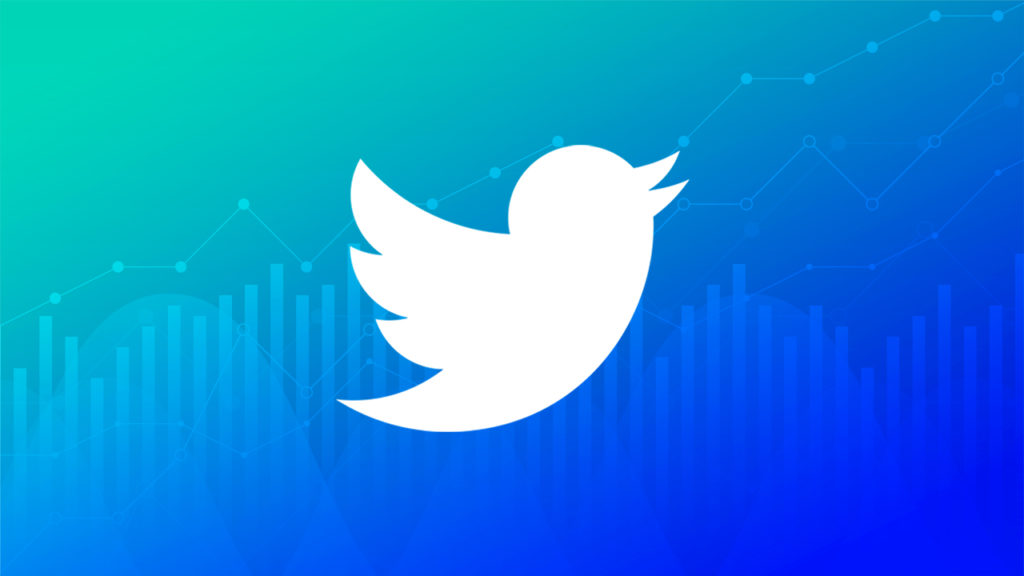Twitter reported profit for its second consecutive quarter on Wednesday, touting video ad performance and attracting more users with updated features.
For the first quarter of 2018, Twitter reported $655 million, an increase of 21 percent year-over-year (YoY) and exceeding Reuters estimates of $608 million. A majority of that income was generated through advertising revenue, which totaled $575 million—an increase of 21 percent YoY.
Total ad engagements increased 69 percent YoY, the company reported, while cost per engagement (CPE) decreased 28 percent YoY.
Twitter’s plans for the upcoming year include new ad offerings and tapping “new channels of demand” such as online video. In addition, the company pledged to improve its core ad offerings through better performance and measurement, including ad platform improvements, self-serve measurement studies, and third-party accreditation.
Global engagement is growing for the social media platform as well. International revenue totaled $318 million in the first quarter of 2018, an increase of 53 percent YoY. Japan remains the second largest revenue market for Twitter, contributing $117 million for the first quarter—an increase of 61 percent YoY.
Twitter placed a large emphasis on video, especially on live streaming and brand partnerships. The company reported over 1,300 livestreamed events during the first quarter, 80 percent of which were streamed to a live audience.
“We continue to make Twitter easier to use with the launch of Bookmarks and video timestamps,” Twitter said in its letter to investors, “and we’re making it easier to follow topics, interests, and events with new, curated timelines of Tweets around breaking news events across different parts of Twitter.”
The social media site boasted 336 million monthly active users, again beating estimates. Although Twitter did not reveal a daily active user count, the company claims that the number grew 10 percent YoY.
While the first quarter was profitable, Twitter warned investors that sequential growth rates for the second half of the year will slow as they reach the anniversary of broad-based recovery last year. Revenue growth rates, as a result, may more closely resemble those of the second half of 2016.

